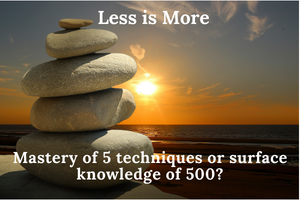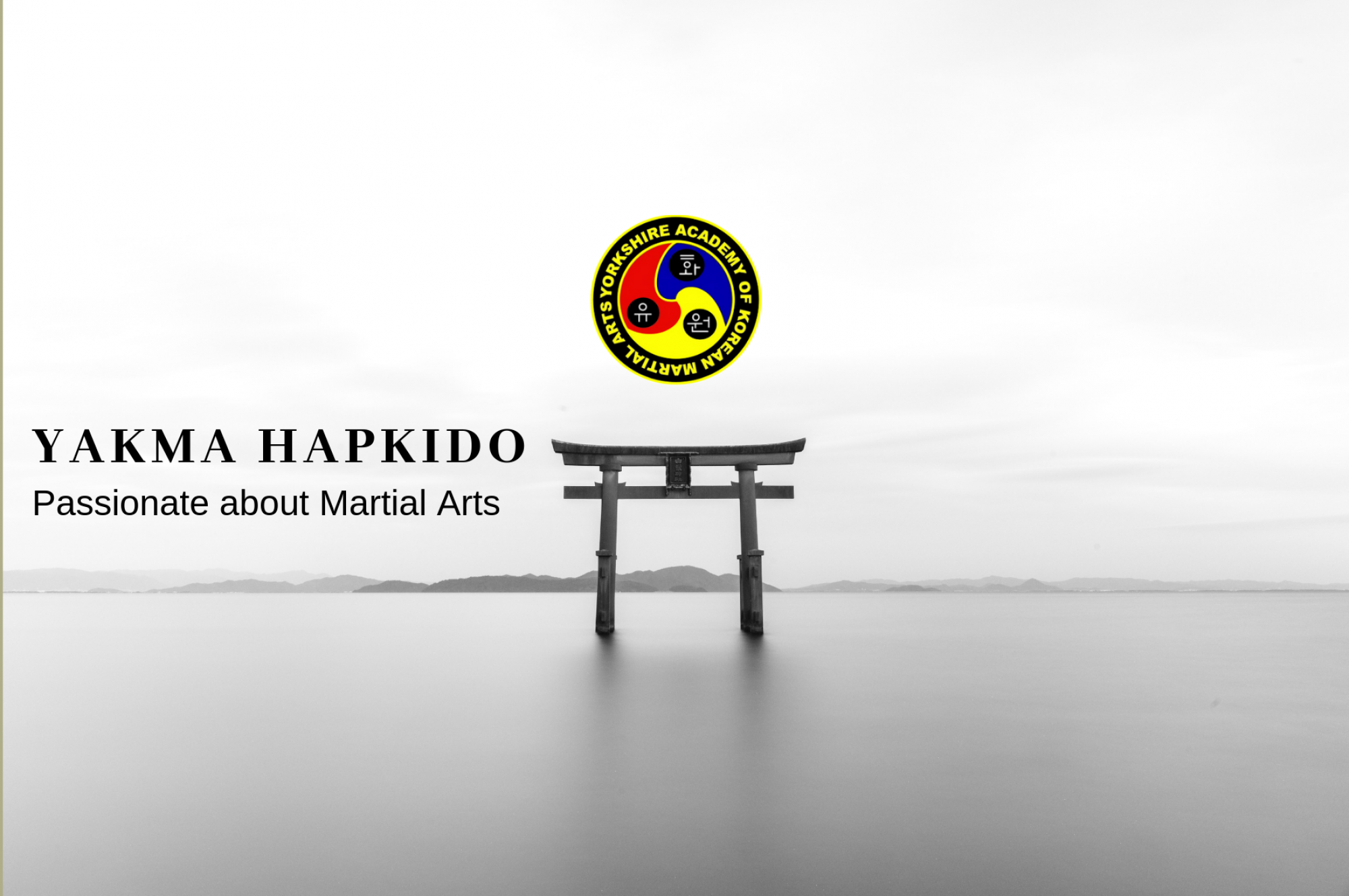
I remember starting Hapkido and having a great desire to progress as fast as possible. As soon as I had got the basics of a technique, I wanted to know the next one. I wasn’t overly concerned with the finer details or practicing it until it became a reflex action. I had the idea that the more techniques I knew the better martial artist I would be.
However, imagine a time when you really need to use a technique be it in sparring or a real life situation. Everything happens incredibly quickly; you don’t have the luxury of a co-operative partner or seconds to decide which is your best move for the situation. Your move must be a reflex action requiring no thought. Being able to perform a move in this way also allows you to concentrate on the bigger picture. If you pause to think you’re too late.
Obviously, a technique must be worked through in a slow and controlled manner with a co-operative partner until the basics are fully embedded. The speed and resistance from your partner can then be gradually increased. When you feel confident, different partners are then used until eventually you are ready to improve your application of it by using the technique while sparring.
When the mechanics of a move have been mastered it is time to concentrate on the principles required to make it effective. These principles may include, breaking your opponent’s balance, harmonising with their force, circular motion, smooth transitioning (like water). In Hapkido we initially learn techniques from a static stance, but this isn’t how they will eventually be used. We therefore need to practice the moves dynamically. This may involve your opponent pulling, pushing, stepping in/out or maybe trying to throw you.
Many new martial artists try to devise a plan for sparring by anticipating what their opponent will do and planning accordingly. They think, “When they perform this attack, I’ll retaliate with this”. Considering how many possible attacks there are it becomes clear that it’s very unlikely you’ll be presented with your dream scenario. The opportunity you’re looking for isn’t there so you’re back to square one, what do you do now?
The answer is to have a much more flexible approach. Firstly, drill the techniques until they become reflex actions. With a clear mind and a collection of instinctive techniques you can realistically evaluate the situations as they develop and react accordingly.
Learning every move this thoroughly is very time consuming, especially considering they should be practiced on both left and right sides. There are so many other things that are covered in a class such as kicking and striking, patterns, sparring, breakfalls, footwork, Ki exercises, warming up, conditioning etc, it becomes clear that there simply isn’t sufficient time in one or two classes a week.
Most of us aren’t professional athletes and don’t have the time, facilities, willing partners, and instructors that are available to them. To progress in martial arts, we must work towards a good working knowledge of the mechanics and principles of every technique in the syllabus. However, Hapkido is a complex martial art and there is so much to learn that it may not be practical in the limited time we have to drill all techniques to a level where they become a reflex action.
However, having a surface knowledge of many techniques will be of little use in sparring or a self-defence situation. It will help you immensely if you select a handful of practical, simple core techniques (with experience you will realise which these are) and practice them repeatedly until they become automatic on both left and right sides. You can obviously add other techniques to this list as time goes on.
When it isn’t possible to practice techniques or patterns physically I have found it very useful to mentally rehearse them. For example, when preparing for my black belt I would run through the list of techniques in each section of the syllabus every morning when I woke up and every night before I went to sleep. If waiting in a queue rather than getting frustrated by the length of time it was taking, I might revise the mechanics of a technique or perhaps run through the stages of a pattern.
I fear not the man who has practiced 10,000 kicks once, but I do fear the man who has practiced one kick 10,000 times. “Bruce Lee”
Masakiko Kimuro was a legendary Judo player who was a fanatical trainer. He repeatedly practiced the Judo technique O Soto Gari (major outside reaping throw) against a tree and became so proficient in the technique that he concussed or knocked out several opponents with it. He won many top level competitions by using this one technique. Some sparring opponents even asked him not to use the technique.
This is a great example of how one instinctive technique can be used with devastating effect.
